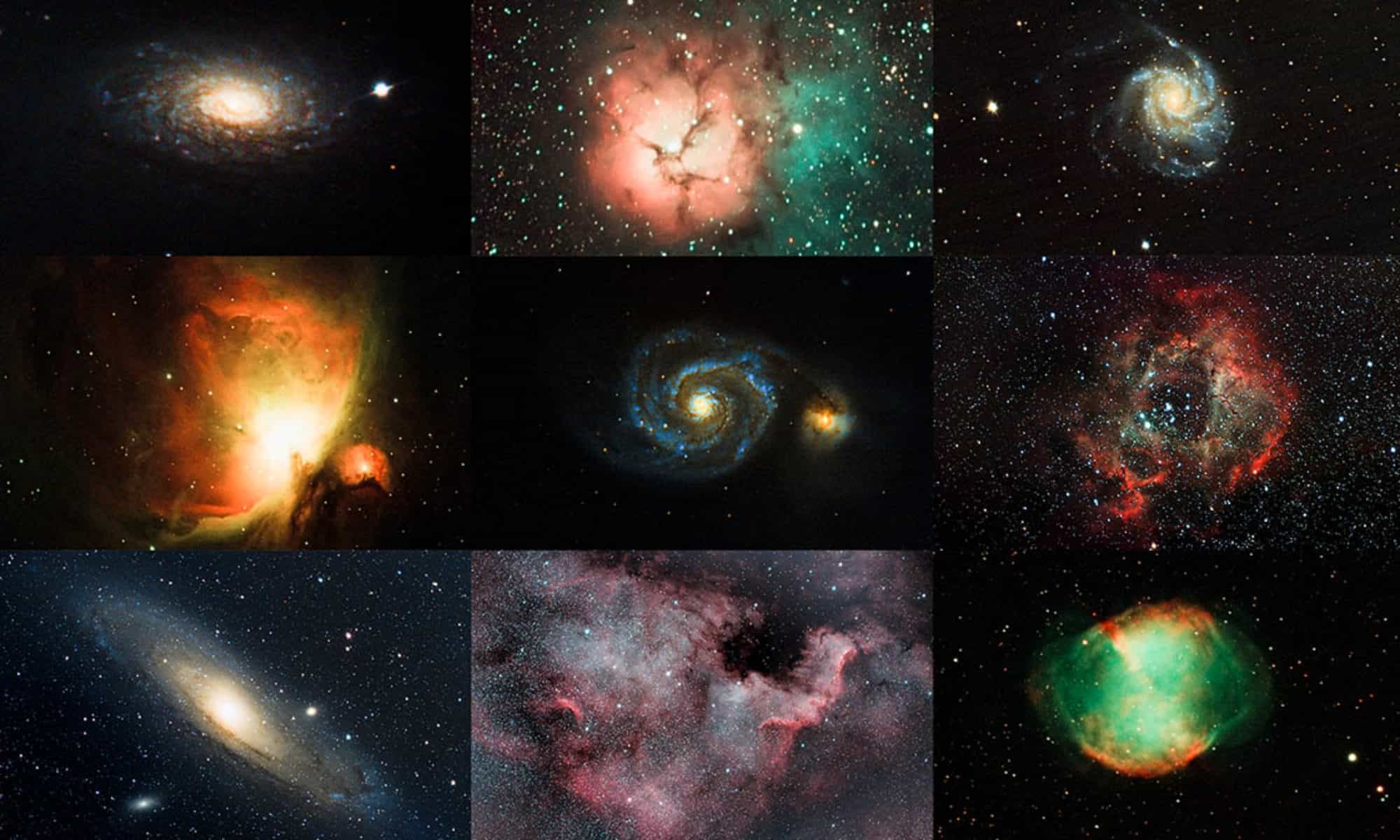The Western Veil Nebula is aptly named. It’s a wondrous lace of magenta and green spread among the stars of the constellation Cygnus. It’s a large emission nebula about 2600 light years from Earth. The nebula was formed by the explosion of a star between 5000 and 8000 years ago. The Western Veil Nebula is what remains from that supernova. As I described in a previous blog, the magenta color is due to ionized hydrogen gas, while the bright green light is given off by ionized oxygen.
In the rest of this blog, I’ll walk you through how I captured this image. While the night skies in southeast Arizona are usually extraordinarily clear, summer is monsoon season, and on most nights the night sky is too cloudy for astrophotography. But in early July I caught a break and had a cloudless night sky.
My observatory is equipped with an 8” Schmidt-Cassegrain Advanced VX 8 from Celestron. Because the Western Veil Nebula is so large, I was able to use the Hyperstar 8 lens system, developed and produced by Starizona. The Hyperstar makes the telescope much faster, so I can get an image of the nebula within a minute. I captured 40 one-minute exposures with a ZWO ASI 294 MC Pro ccd camera, and combined them to make the final image. Because the Moon was out that night, it was too bright to take pictures without a special filter. I used the Optolong eNhance filter which blocks moonlight, and only lets red and green light through.
Have you ever just sat out at night and watched as the stars wheel across the sky? Nebulae move across the sky in the same way. To get a sharp image, the telescope must move with the nebula. The telescope I use has a German equitorial mount that allows it to track deep-space objects. First, however, there’s an involved alignment process. After aligning and focusing the telescope, I start capturing images using the SharpCap software program.
At this point, I have 40 images of the nebula, each about 24 Mb – that’s almost a gigabyte of data! If you look at these images, they’re in shades of gray. I use a second program, PixInsight, to process the images and extract the color information. The software combines these 40 images into a single full-color image. At this point, the image is just about done. All that remains is to adjust the brightness, crop the image and set the file type. I use Photoshop and Lightroom for these final steps and either publish it to the web or print it.
While it only took 40 minutes to get the data, it took hours of preparation and processing to turn that data into amazing wisps of magenta and green floating across a starry sky. When that image appeared, I realized I was looking at the remnants of a supernova explosion that happened more than 5000 years ago. I was seeing the universe in all its wonder and beauty!
Alan Biel – Thanks for joining me as I ponder the hidden wonders of the deep-sky. Until next time!
©2019 Hidden Skies

